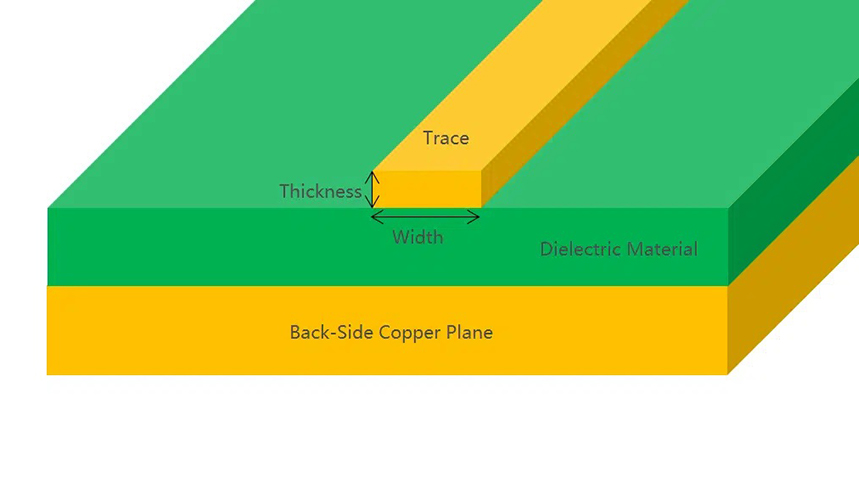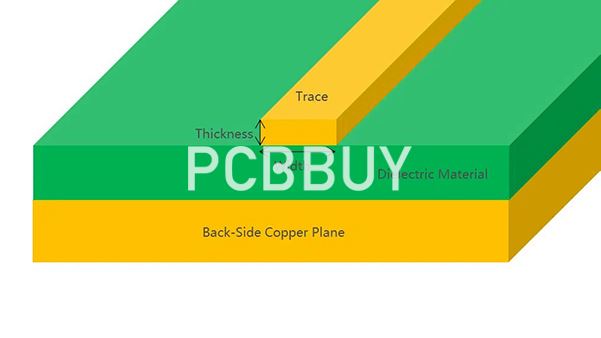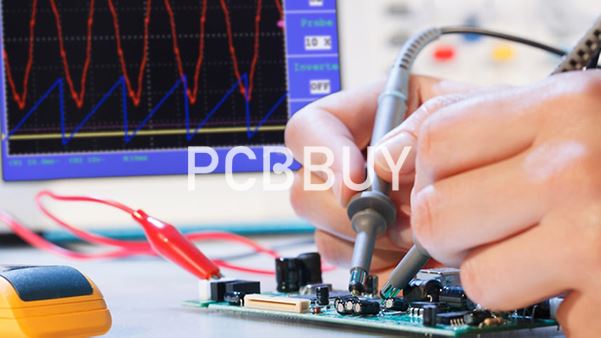what is a microphone circuit board?
By:PCBBUY 12/18/2023 14:48

The microphone circuit board is an integral component of audio equipment, responsible for converting sound signals into electrical signals, enabling the recording, transmission, and processing of sound. This article will explore the role, principles, design, and applications of the microphone circuit board from various perspectives to gain a comprehensive understanding of its significance in audio devices.
I. Role of the Microphone Circuit Board
The primary function of the microphone circuit board is to convert sound signals into electrical signals. In audio equipment, sound signals typically exist in the form of sound waves, while electrical signals are either digital or analog and can be read and processed by processors, chips, and related devices. The microphone circuit board receives sound wave signals and converts them into corresponding electrical signals, thus effecting the conversion between sound and electrical signals.

II. Principles of the Microphone Circuit Board
The operational principles of the microphone circuit board primarily rely on the piezoelectric effect in physics. When sound waves act upon the microphone, the internal piezoelectric components generate corresponding voltage changes, representing the intensity and frequency of the sound signal. Subsequently, these voltage changes are amplified and processed by the circuits on the microphone circuit board, ultimately converting them into suitable electrical signals for further processing.
III. Design of the Microphone Circuit Board
The design of the microphone circuit board necessitates considerations of various factors, including circuit design, material selection, manufacturing processes, and more. Firstly, circuit design must account for signal amplification and processing to ensure signal stability and accuracy. Secondly, material selection considers factors such as weather resistance, corrosion resistance, insulation, etc., ensuring the stability and reliability of the circuit board. Finally, manufacturing processes account for production efficiency and cost control, ensuring product quality and competitiveness.

IV. Applications of the Microphone Circuit Board
The microphone circuit board finds extensive applications in audio devices such as mobile phones, computers, speakers, headphones, etc. In these devices, the microphone circuit board converts sound signals into electrical signals, transmitting them as digital or analog signals to processors or chips for processing. In recording devices, the microphone circuit board converts sound signals into high-quality digital signals, capturing clear sound. In audio systems, the microphone circuit board converts sound signals into analog signals, amplified by amplifiers before outputting to speakers, thus reproducing high-quality music. In headphones, the microphone circuit board converts sound signals into analog signals, driven by headphone drivers to produce sound.
Industry Category











